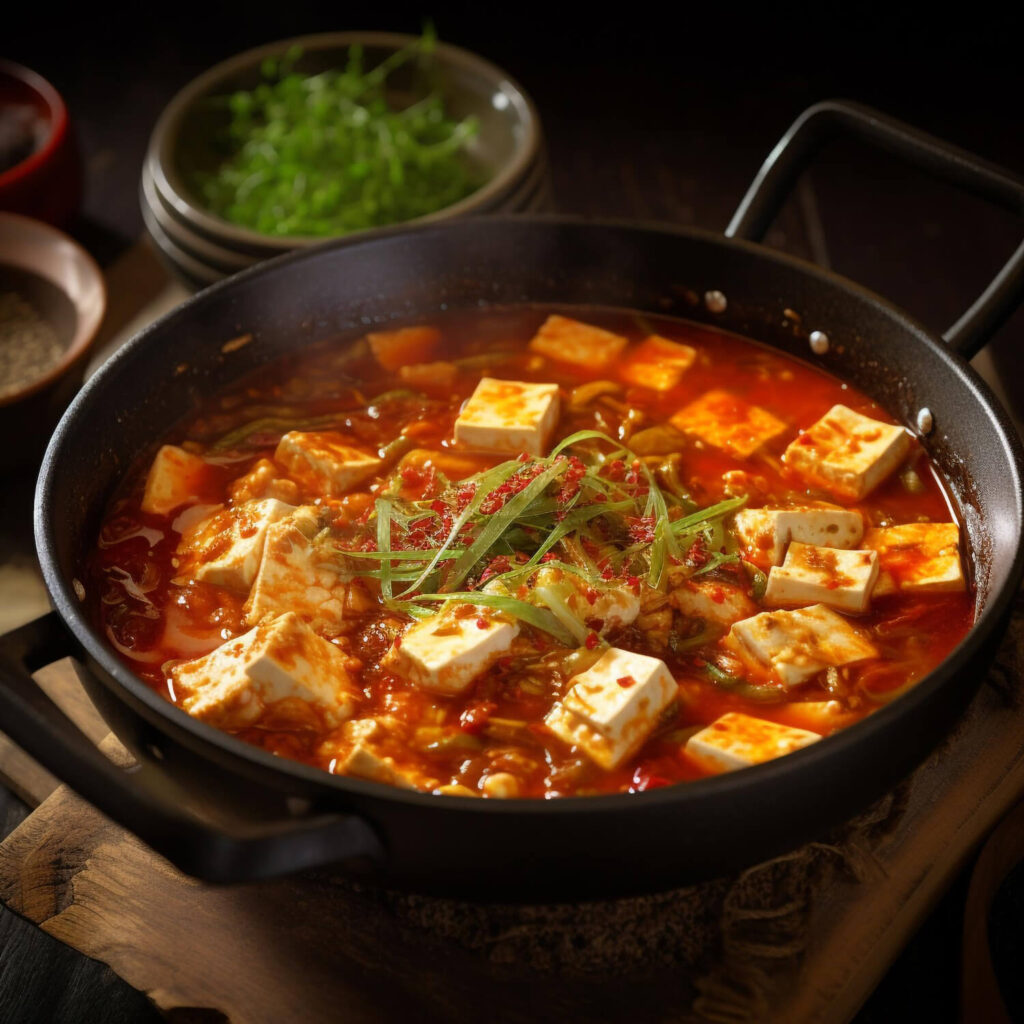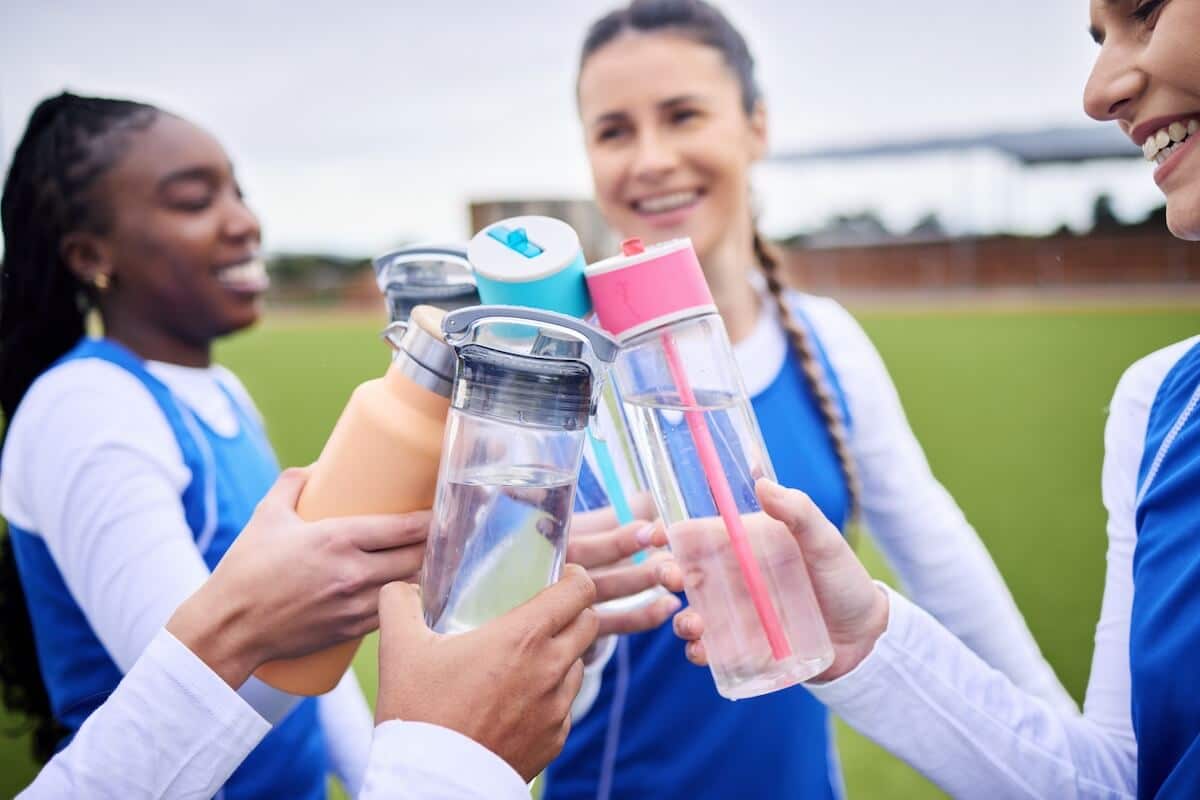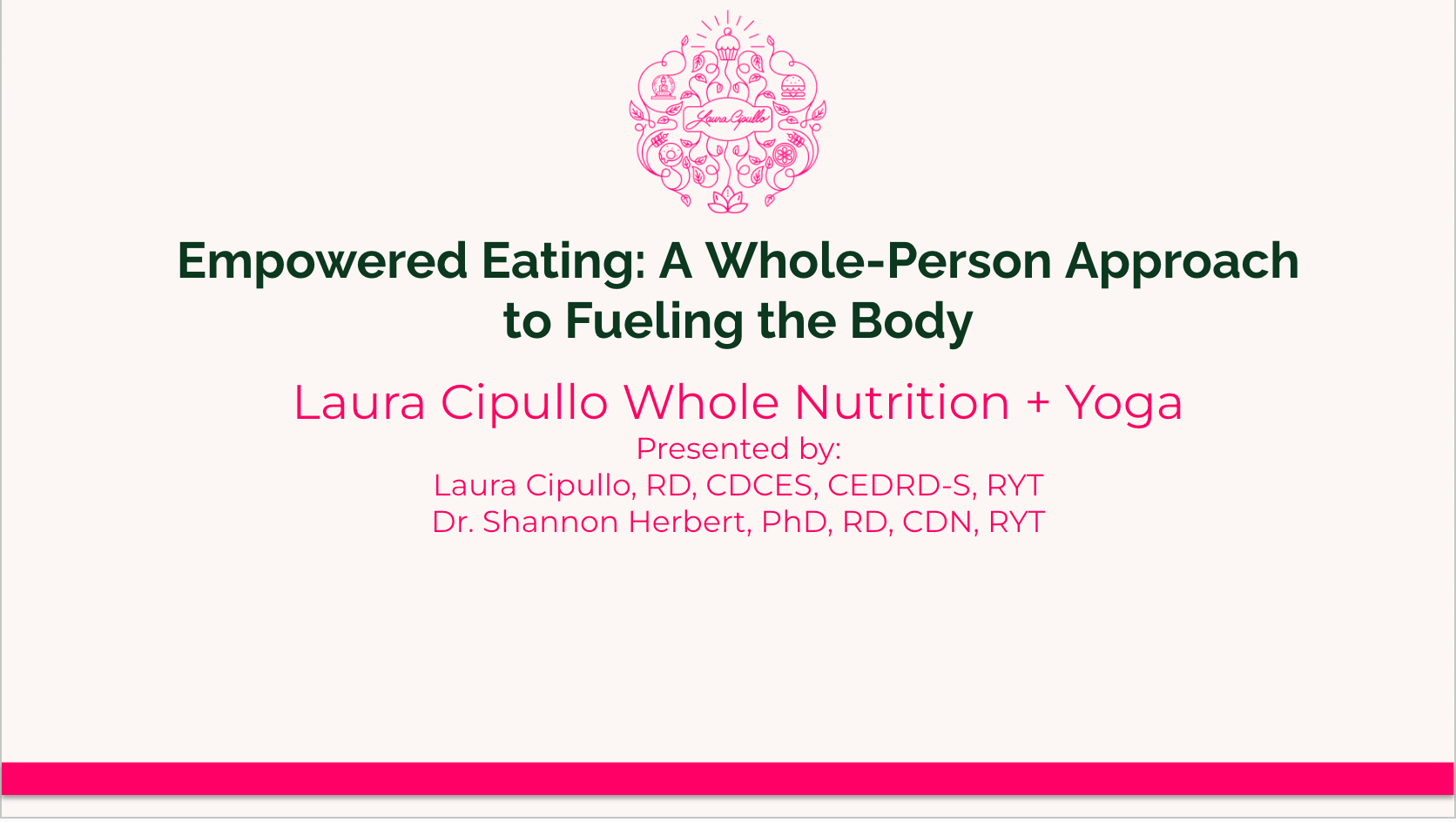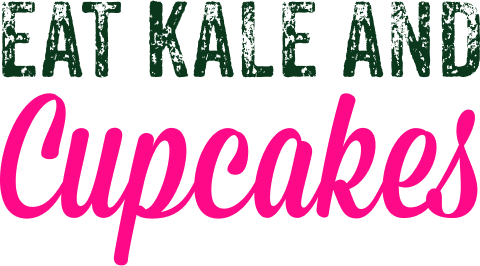Navigating Nutrition in the Fight Against Breast Cancer

by Laura Cipullo, RD, CDCES, CEDS-S, RYT
After having been diagnosed with Estrogen Positive, HER2 Positive Breast Cancer in October of 2019, I had to reevaluate my food intake and even my lifestyle. While no one food, gene or specific stressor can be solely to blame, I needed to research the latest studies regarding diet and breast cancer. I accepted that the gene for my Er+, Her2+ cancer had yet to be identified, if ever. I accepted that I also needed to slow down, hence work less. But was there new information regarding red meat, soy, dairy, or even juicing?
Yes, there was new nutrition information available. I found a plethora of science pointing at what to include and sometimes, what to minimize. I also read that most women who developed breast malignancy (around 80%) do not have a family history of breast cancer.1 I was not alone and you are not alone. I encourage you to create balance. Focus on what to include just as much as what to exclude or decrease.
Below, I highlight 5 areas of food and nutrition that deserve your attention, warrant additional reading and discussions with your oncologist as well as your registered dietitian.
-
Ground Flaxseed
Consuming about 1- 2 tbsp of ground flaxseed daily, especially for postmenopausal women and premenopausal women may help prevent cancer growth. Flaxseed must be ground to be absorbed by the body. Known as a rich source in omega 3 fatty acids and lignans, these nutrients have the potential to suppress the growth, size, and proliferation of cancer cells.2
Lignans are found in whole grains, sesame seeds, vegetables, and fruits. However, flax has approximately 100 times more lignans than other foods. These lignans are considered phytoestrogens, similar to soy foods, and bind to the estrogen receptor site in the human body. Bacteria in your gastrointestinal tract convert the lignan into forms of estrogen known as enterolactone and enterodiol. These forms are unlike estradiol and have a weak estrogenic affect in the body, thus helping to prevent the growth of estrogen positive cancer cells.
-
Soy Foods
The soy controversy remains. Some say avoid soy, but recent research presented in the July 2020, issue of the International Journal of Environmental Res Public Health associates a lower incidence of hormone-related tumors, including breast cancer, with properties of isoflavones and phytoestrogens, like that from soy. The umbrella review found consistent evidenced associating a protective effect of soy food sources such as tofu, edamame, tempeh, soy milk, miso, and soy sauce, in the diet especially among postmenopausal women and in the Asian population. When a phytoestrogen binds to the estrogen receptor site, the plant compound is preventing the hormone, estrogen, from binding. This agonist action aids in the decreased risk of estrogen receptor positive/progesterone receptor positive breast cancer.3
-
Vitamin D
About 20 different cancers have incidence rates inversely related to solar UV-B doses and serum vitamin D concentration.4 The Institute of Medicine guidelines suggest that individuals are at risk of vitamin D deficiency if 25(OH)D concentration is below 30 nmol/L, inadequacy at serum 25(OH)D concentration between 30 and 50 nmol/L, and individuals are considered sufficient at concentration 50 nmol/L or higher.
One study compared women with sufficient serum vitamin D and deficient serum vitamin D. Compared to patients with sufficient serum vitamin D (>30 ng/ml), women with serum vitamin D deficiency (<20ng/ml), had a higher risk of breast cancer. Women with history of vitamin D supplementation one year prior to enrollment, had significant protective effect against breast cancer.5
Research recommends getting vitamin D through sun exposure and supplementation of at least 400 IU to decrease breast cancer risk and recurrence.6 If you do not have adequate access to sun exposure, you may need a larger vitamin D supplement dose. Be sure to speak with your oncologist for the recommendation to meet your specific needs.
-
Calcium
Calcium is an essential nutrient found in a number of foods, especially dairy products. The bones and teeth contain over 99% of all calcium in the body. The heart, nerves, and blood-clotting systems also need calcium to function properly. Bones are constantly breaking down and rebuilding themselves and calcium is needed for this process.
While research does not show calcium having an effect on reducing the risk of breast cancer risk, it does play a role in keeping the body healthy while undergoing treatment and after. Taking supplements and eating foods with calcium and vitamin D reduces bone density loss in people using corticosteroid treatments. Research recommends calcium supplementation of 1200-1500mg daily. Additionally, it can help prevent osteoporosis and help protect people with osteoporosis from fractures.7
-
Red Meat
Research shows a link between red meat consumption and breast cancer risk. Eating red meat helps to increase estrogen production in the body, so you may want to limit red meat consumption to decrease breast cancer risk.8 Women who ate one serving a day of red meat had a 22% increased risk of developing premenopausal breast cancer. Those who ate poultry during the same period had a decreased risk of developing breast cancer. Of course red meat consumption is just one risk factor for breast cancer incidence.9 Red meat eaten at least once a week along with other types of animal proteins such as chicken and fish, and adoption of a healthy lifestyle, including drinking less alcohol, not smoking, and engaging in regular movement, can help to decrease risk.
References
- Shareef M, Ashraf MA, Sarfraz M. Natural cures for breast cancer treatment. Saudi Pharm J. 2016;24(3):233-240. doi:10.1016/j.jsps.2016.04.018
- Cotterchio M, Boucher BA, Kreiger N, Mills CA, Thompson LU. Dietary phytoestrogen intake–lignans and isoflavones–and breast cancer risk (Canada). Cancer Causes Control. 2008;19(3):259-272. doi:10.1007/s10552-007-9089-2
- Buja A, Pierbon M, Lago L, Grotto G, Baldo V. Breast Cancer Primary Prevention and Diet: An Umbrella Review. Int J Environ Res Public Health. 2020;17(13):4731. Published 2020 Jul 1. doi:10.3390/ijerph17134731
- Atoum M, Alzoughool F. Vitamin D and Breast Cancer: Latest Evidence and Future Steps. Breast Cancer (Auckl). 2017;11:1178223417749816. Published 2017 Dec 20. doi:10.1177/1178223417749816
- Shamsi U, Khan S, Azam I, et al. A multicenter case control study of association of vitamin D with breast cancer among women in Karachi, Pakistan. PLoS One. 2020;15(1):e0225402. Published 2020 Jan 22. doi:10.1371/journal.pone.0225402
- Atoum M, Alzoughool F. Vitamin D and Breast Cancer: Latest Evidence and Future Steps. Breast Cancer (Auckl). 2017 Dec 20;11:1178223417749816. doi: 10.1177/1178223417749816. PMID: 29434472; PMCID: PMC5802611.
- Speers C, Brown P. Breast cancer prevention using calcium and vitamin D: a bright future?. J Natl Cancer Inst. 2008;100(22):1562-1564. doi:10.1093/jnci/djn390
- Fung TT, Hu FB, Barbieri RL, Willett WC, Hankinson SE. Dietary patterns, the Alternate Healthy Eating Index and plasma sex hormone concentrations in postmenopausal women. Int J Cancer. 2007;121(4):803-809. doi:10.1002/ijc.22728
- Cho E, Chen WY, Hunter DJ, et al. Red meat intake and risk of breast cancer among premenopausal women. Arch Intern Med. 2006;166(20):2253-2259. doi:10.1001/archinte.166.20.2253







